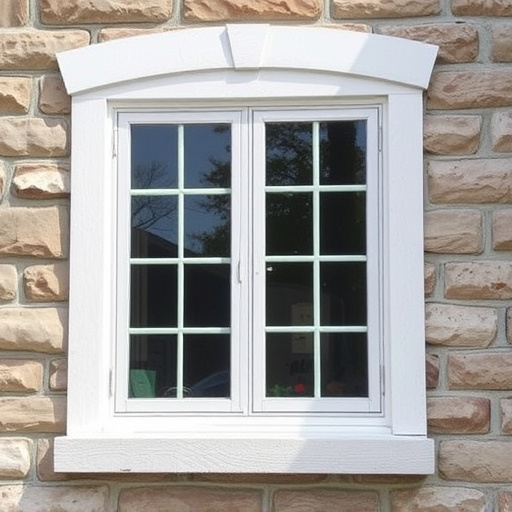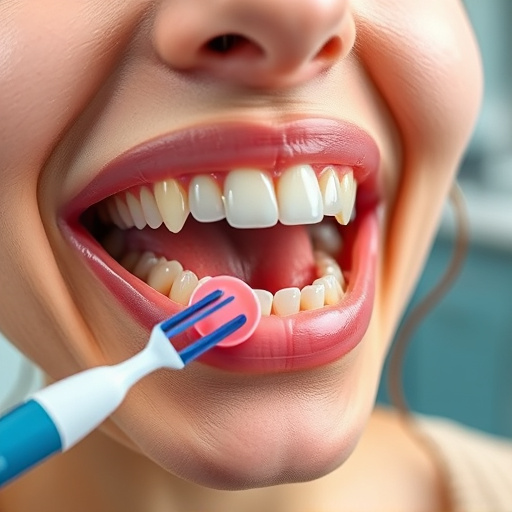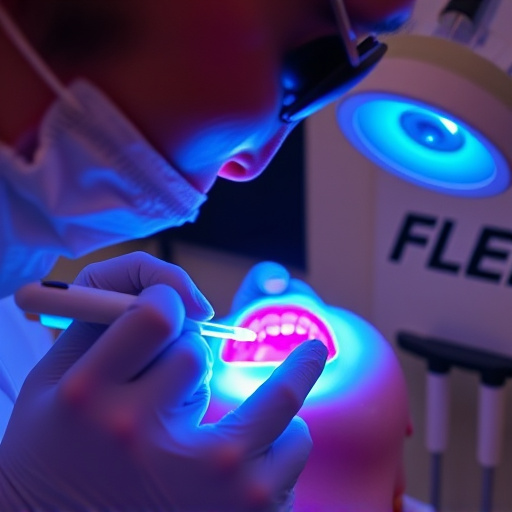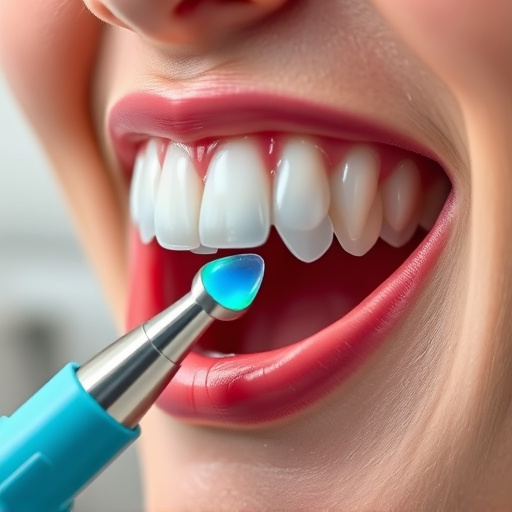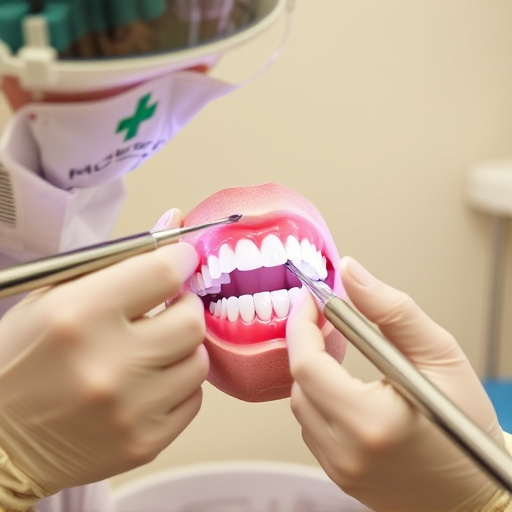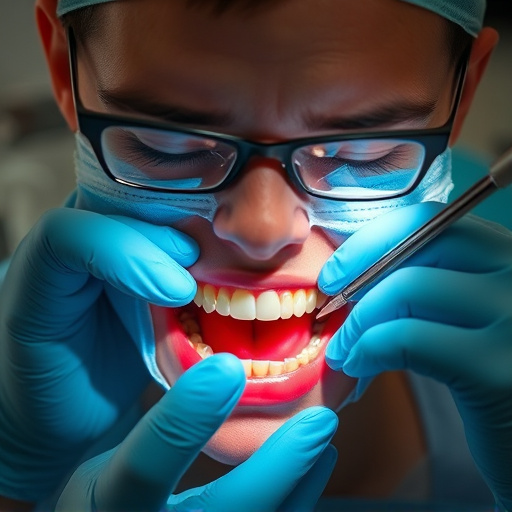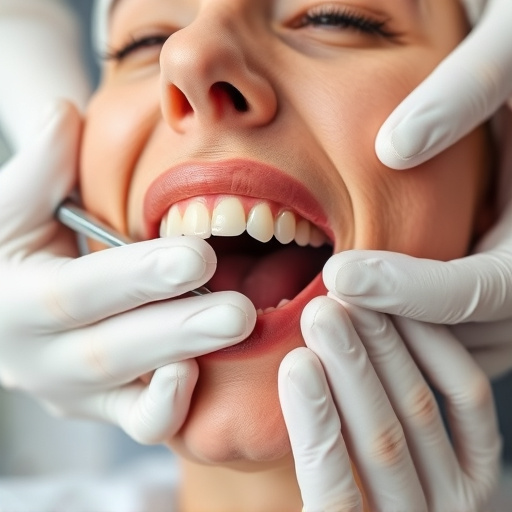Tooth decay is caused by bacterial plaque eroding enamel, leading to cavities and damage. Dental sealants act as a protective barrier against plaque and bacteria, sealing off pits and crevices in back teeth where food particles can hide. Applied quickly and painlessly, these thin, clear coatings last for years, providing ongoing protection against tooth decay, even during orthodontic treatment. Recommended for children and teens but also beneficial for adults at higher risk, dental sealants are a key preventive measure.
Dental sealants for teeth are a highly effective preventive measure against tooth decay. This article delves into the science behind tooth decay, exploring its causes and how our teeth can become vulnerable to it. We then highlight the crucial role of dental sealants in shielding teeth from these dangers.
Read on to discover the benefits of this protective layer and understand the simple application process involved in safeguarding your smile.
- Understanding Tooth Decay and Its Causes
- The Role of Dental Sealants in Protection
- Benefits and Application Process Explained
Understanding Tooth Decay and Its Causes

Tooth decay is a common dental issue that occurs when bacteria in the mouth break down the enamel protecting our teeth, leading to cavities and other damage. This process starts with the accumulation of plaque, a sticky film composed of bacteria, on the tooth surface. The bacteria produce acids that erode the enamel, creating weak spots that can eventually result in decay. Various factors contribute to this condition, including poor oral hygiene, dietary habits, and genetic predisposition. Regular dental cleanings play a vital role in maintaining oral health by removing plaque buildup, but for some individuals, especially those with hard-to-reach areas or a history of tooth decay, additional protection is necessary.
Dental sealants for teeth are an effective preventive measure designed to protect against tooth decay, particularly in molars and premolars. These thin, protective coatings are applied to the chewing surfaces of the back teeth, where food particles and plaque tend to accumulate. Acting as a barrier, sealants prevent bacteria from coming into direct contact with the enamel, thereby reducing the risk of decay. This simple yet powerful technique is often recommended for children and teens, but adults can also benefit from dental sealants, especially those at higher risk of decay due to factors like wisdom tooth removal or cosmetic dentistry procedures.
The Role of Dental Sealants in Protection

Dental sealants for teeth play a crucial role in protecting against tooth decay, especially in areas that are hard to reach with a toothbrush. These protective coatings, typically made from resin or acrylic, are applied to the chewing surfaces of back teeth (molars) and even wisdom teeth after they erupt. This barrier prevents plaque and food debris from accumulating, which significantly reduces the risk of cavities forming.
By sealing off these high-risk areas, dental sealants create a smooth, smooth surface that blocks bacteria from producing acids that erode tooth enamel. Regular oral exams and teeth cleaning can further complement this protection by removing any remaining plaque or food particles not sealed off. This dual approach ensures optimal oral health, making dental sealants an effective preventive measure alongside good hygiene practices.
Benefits and Application Process Explained
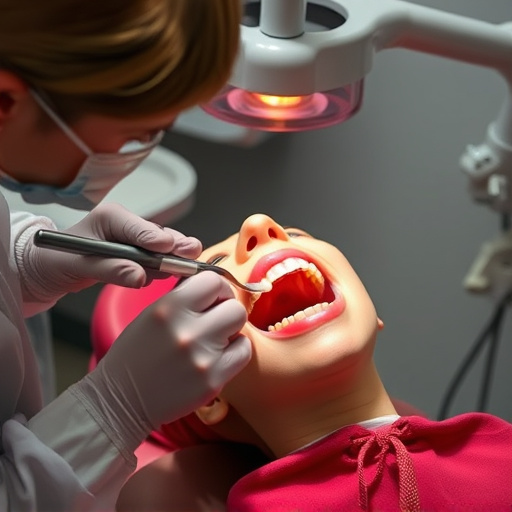
Dental sealants for teeth offer a protective layer against plaque and bacteria, making them a powerful tool in preventive dentistry. These thin, clear coatings are applied to the chewing surfaces of back teeth, where decay often starts. By sealing off the pits and crevices where food particles and germs can hide, sealants create an impenetrable barrier that keeps tooth enamel strong and healthy.
The application process for dental sealants is quick and virtually painless. During your routine comprehensive dental care visit, your dentist will thoroughly clean the teeth to be sealed, etch them with a mild chemical solution to roughen the surface slightly, and then apply the sealant. Once cured, these protective coatings can last for years, providing ongoing defense against tooth decay. Even if clear aligners are used for orthodontic treatment, sealants remain an important part of maintaining excellent oral health, complementing emergency dental care and everyday hygiene practices.
Dental sealants for teeth are a highly effective preventive measure against tooth decay, acting as a protective barrier over the chewing surfaces of back molars. By understanding the causes of tooth decay and the role of these sealants, we can ensure better oral health. The application process is simple and quick, making it an accessible option for people of all ages. Incorporating dental sealants into routine dental care can significantly reduce the risk of cavities and promote a healthier smile.




